Guest writer: Anna Nilsson Spets
Yes, it is me and my sister, 1970. Christmas is just around the corner, no one can have missed that, and the big gingerbread baking is missing because I refuse to hunt. And I'm not going to sit in Belgian traffic jams to buy gingerbread from a well-known furniture company either. That's where the line is drawn.

They have come from far and wide, the spices of Christmas, which in many cases have been hard currency and only for the very wealthy.

Historically, recipes have been written down from the 14th century and paintings more than 50,000 years old have been found.
CANEL is a spice that can be cheated a bit. What is most often sold in our shops today is Cassia cinnamon, which is cheaper to produce than the real cinnamon, Ceylon cinnamon.
The cinnamon family is large, with 250 species, three of which are used as a spice: cassia cinnamon, padang cinnamon and Ceylon cinnamon. Cinnamon has been used in folk medicine for many thousands of years. It found its way to Europe relatively early, via the Silk Road or by sea via Africa.

In Sweden, cinnamon is used first and foremost in baked goods, who doesn't love cinnamon buns, which are celebrated with their own day on 4 October. Of course, Santa's porridge should be flavoured with cinnamon, I think, I don't eat porridge.
Cinnamon is part of the Indian spice blend Garam masala and is widely used in the Middle East in both food and drink.

The true cinnamon, the Ceylon cinnamon, comes from Sri Lanka while the cassia is grown in China. The inner bark is the part of the tree that is used, it is peeled off and rolls up when drying.

How can you tell the difference between cassia and Ceylon cinnamon? What you buy in the shop is almost certainly cassia cinnamon. It is dark reddish-brown in colour and the rolls are thick with a rough texture.

Real cinnamon has thinner bark and denser rolls and is milder in flavour.
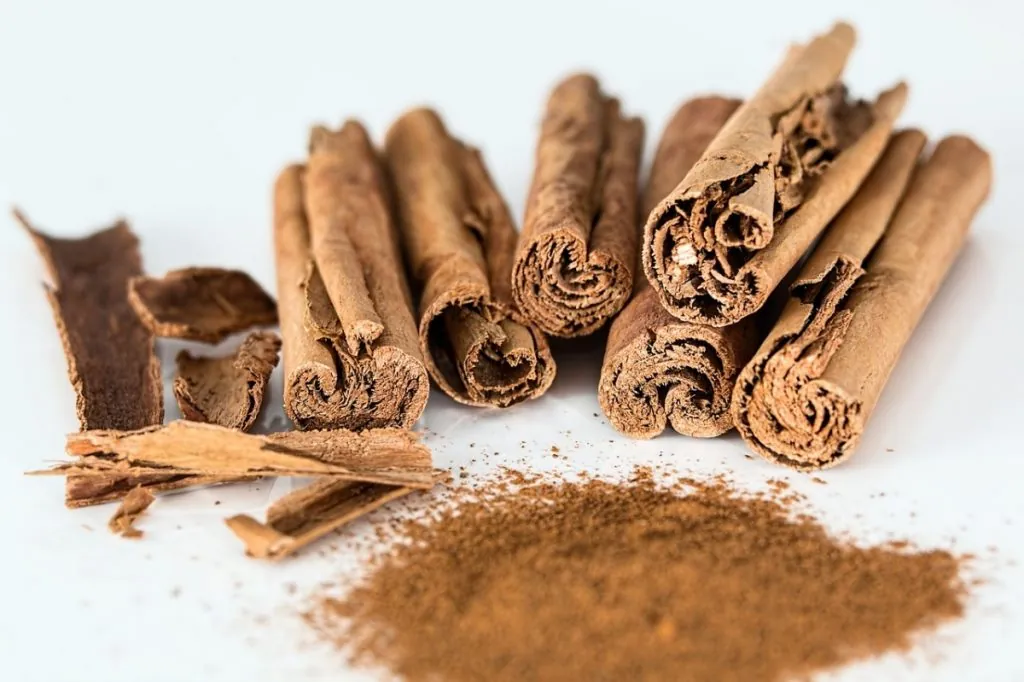
To be on cinnamon ... well, an old expression for being drunk, based on the fact that people used to flavour bad spirits.
CARDEMUMMAThe bottom line is that there are several different types of cardamom, the one we use in the buns is the green cardamom. The black cardamom comes from India and neighbouring countries, the korarima, known as Ethiopian cardamom, is native to Africa.

The plant itself is perennial with long green pointed leaves and can reach a height of 4 metres. The flowers are white with pink spots. After pollination, seed pods are formed and inside these are the brown seeds, the cardamom itself.
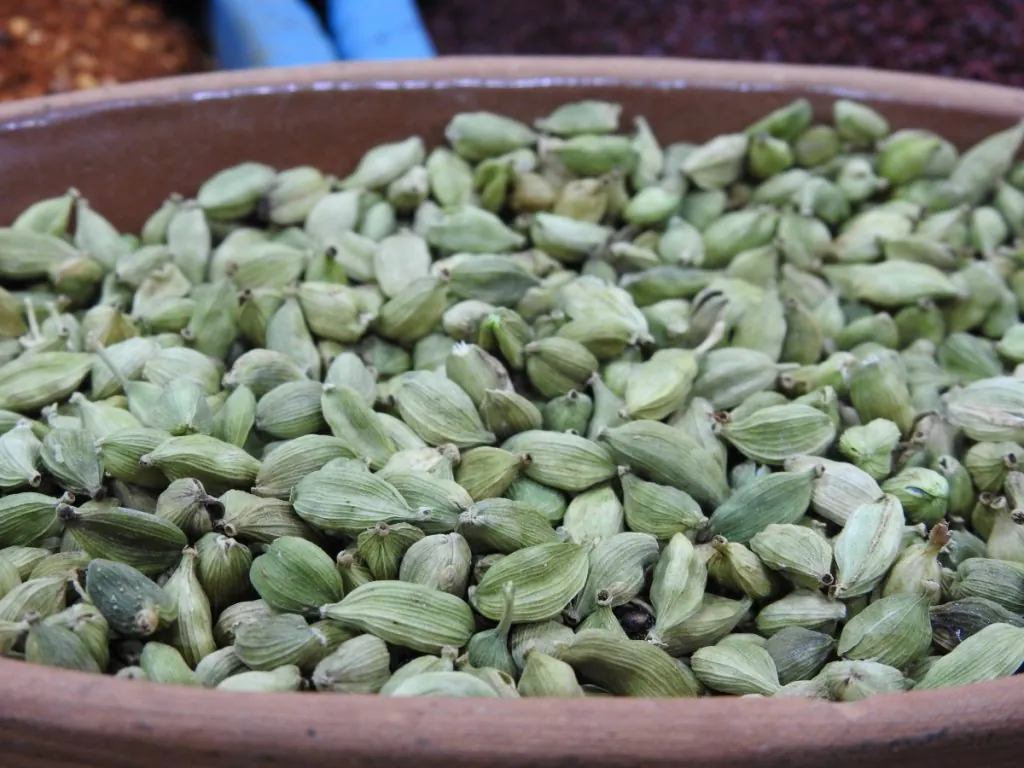
Like many of our other spices, cardamom also found its way to Europe via the Silk Road, and has been used by humans for thousands of years.

We use it in baked goods and as a flavouring for coffee and tea, and it is also used in several spice blends such as berbere, curry and garam masala.

INGEFÄRA is a clearly underrated spice, it has many healthy effects and I myself boost myself in winter with shots of grated root and lemon juice that are easy to make but also available for purchase.

The spice is extracted from a rhizome, i.e. a piece of root, the plant itself is around 150 cm high and smells of ... ginger.
Ginger originally grew wild in China, but it hardly exists in the wild anymore.

China is the country where this plant (figuratively) has its roots, where it has a very long tradition of healing properties. The Chinese store their root pieces in sand and they keep for a long time.
Today, it is cultivated in tropical countries and is used in the food cultures of various countries as well as in traditional medicine. A good trick is to chew a small piece of ginger if you're motion sick.

KRYDDPEPPAR ... a pepper that is not actually a pepper.

Allspice is grown mainly in Jamaica but also in parts of Central America. It is a fairly large tree with white flowers that then develop bunches of green berries that are then fermented and sun-dried.
This spice has many names and is also known as allspice (because the flavour was reminiscent of nutmeg, cinnamon and cloves), pimento and Jamaica pepper.
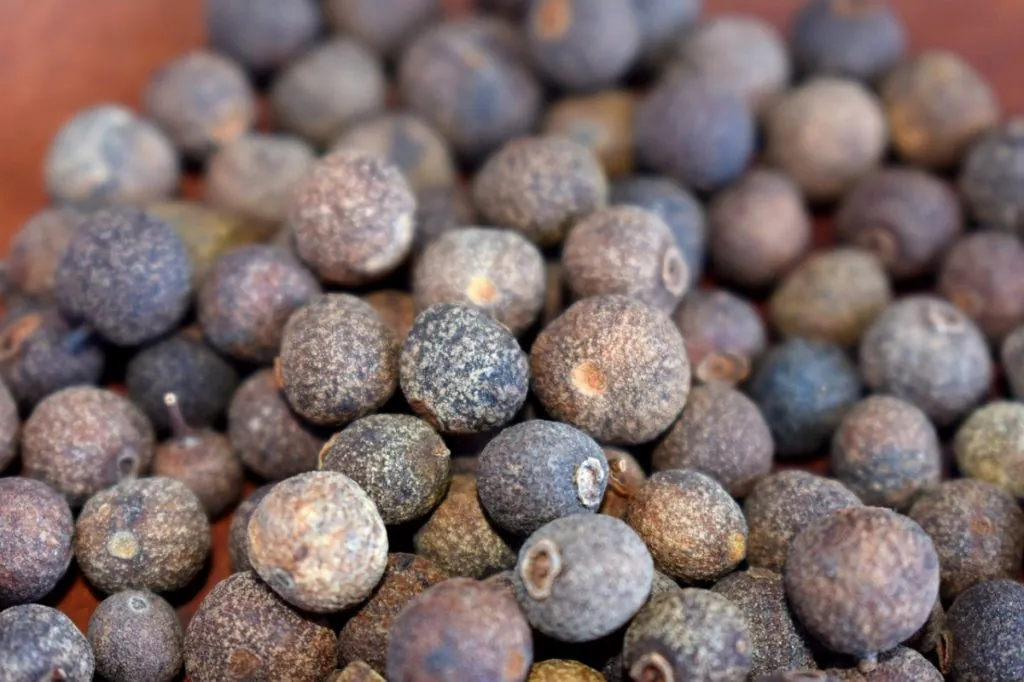
In Sweden, allspice has been used for hundreds of years, for example to rub into meat to extend its shelf life. Nowadays, of course, it's used as part of gingerbread spices, herring pickles and kalops. And maybe that's where we should go... Go where the pepper grows.
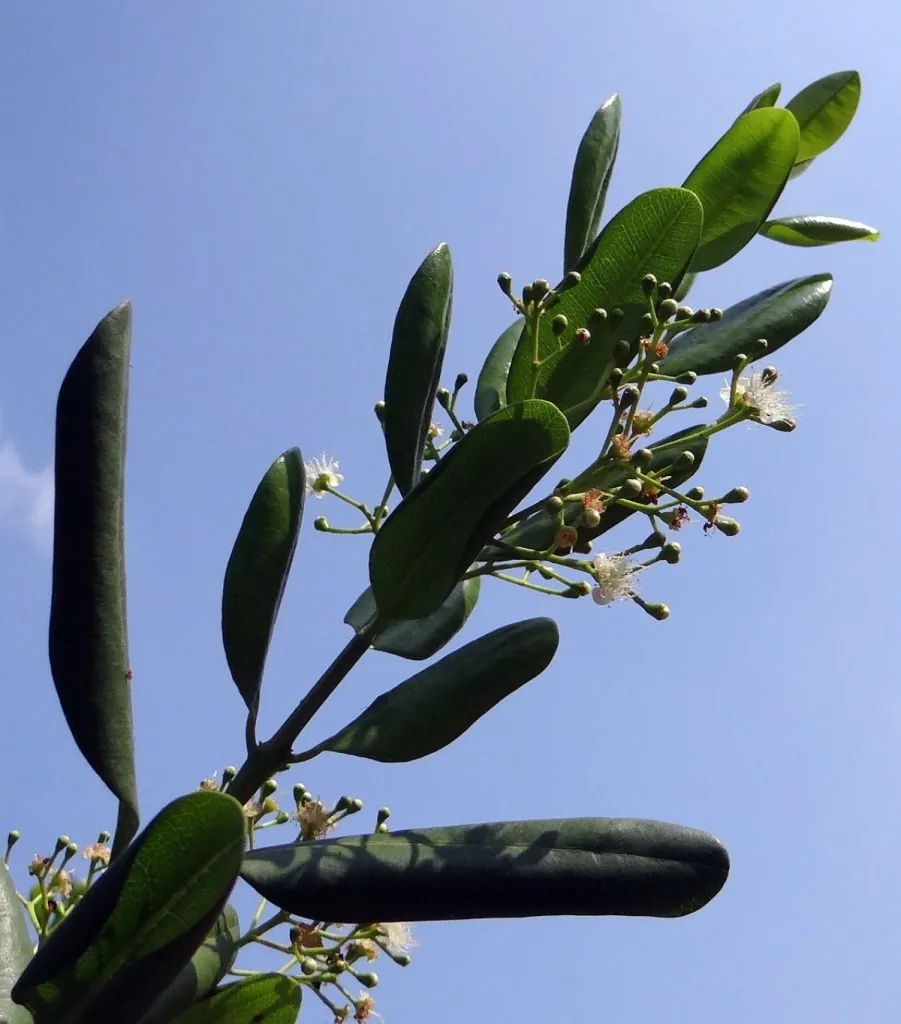
Columbus apparently had ships full of all sorts of exotic spices, on his way to India he stopped in Jamaica and found the allspice tree and the rest is history.

KRYDDNEJLIKA not to be forgotten.
When I was a child, Christmas crafts were a light year away from the days of scented candles and essential oils. We stuck cloves in oranges and tied red silk ribbons around them, hung them in doorways. A pomander!
My children's fingers hurt, the cloves were sharp. And then the mustard-covered ham was to be stuffed with cloves.

Cloves are the unopened flower buds of a tree that grows in Indonesia, but also in some parts of Asia and Africa, notably Madagascar.

The flower buds are dried, become hard and take on a brownish-black colour. Leaves are pressed into clove oil.
In Indonesia they smoke kretek, a cigarette with tobacco and spices. Swedes put cloves in their mulled wine, gingerbread and a pinch in their meatball batter. If you also have a toothache, you can chew on a clove, which has anti-inflammatory properties.

So, hopefully, I have spiced up your life with something worth reading.













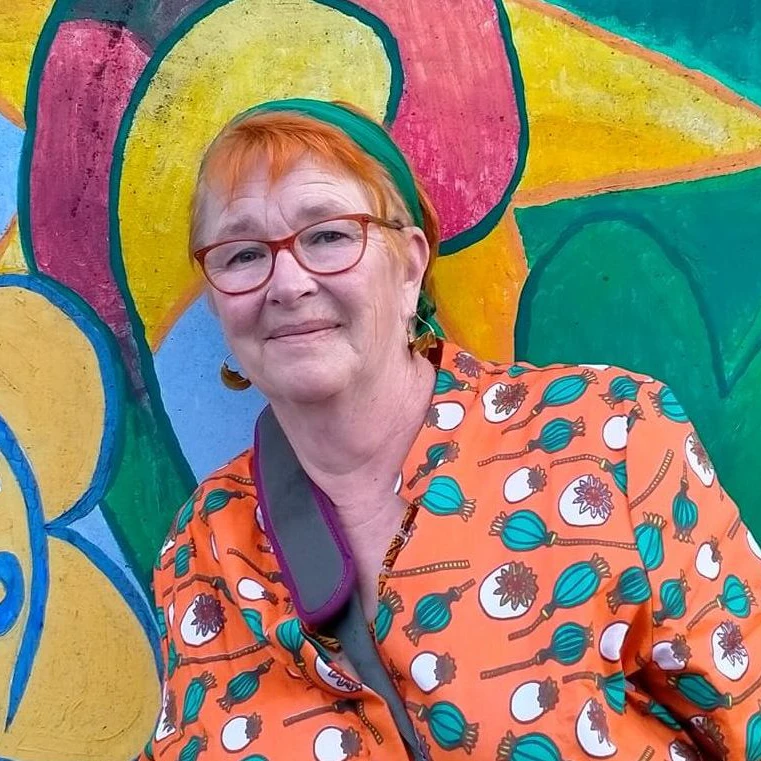
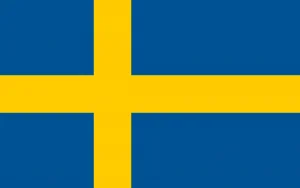
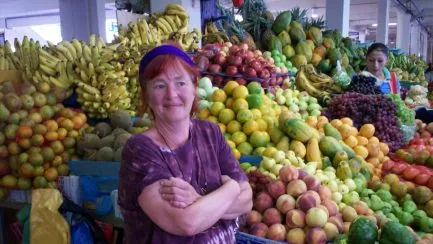

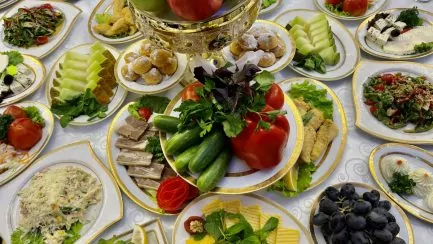
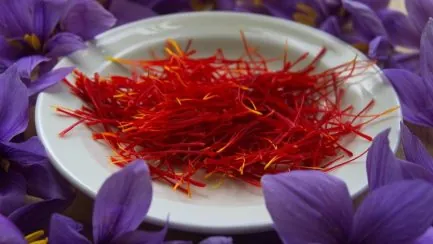
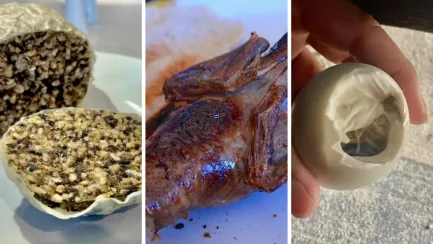
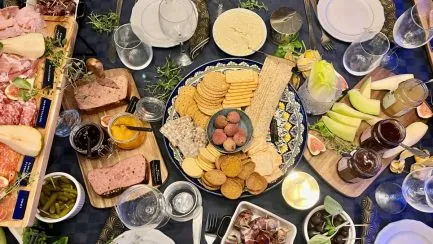



Mr Nilsson's wife says:
Who what a lot of lovely spices. I like porridge and cinnamon 🙂 but I never make my own rice pudding, I use my lazy sita and make sure those who sell such survive. Bought carnations today, they get such a lovely scent when you stick them in oranges and put them out in the house - then they smell like Christmas.
Thanks for all the spices and nice pictures.
cramiz
17 December 2024 - 15:32
Anna Nilsson Spets says:
Thanks for reading, researching to write about spices is like opening a history book.
17 December 2024 - 15:38
BP says:
Thanks for a spicy Tuesday evening! I can safely say that I don't like either cinnamon or cardamom, not in bun form anyway. In Indian cuisine, the spices go down, but no more than that.
However, I am a big fan of ginger, especially the special Brämhults blend (https://www.bramhults.se/products/juice) and all the ginger that usually comes with sushi:-)
17 December 2024 - 20:42
Anna Nilsson Spets says:
Thank you for reading. Maybe it's because I'm Swedish abroad that I miss buns ? Ginger is good and healthy.
18 December 2024 - 6:20
Lillan Child says:
I really like the spices of Christmas, and I eat cinnamon all year round, for example. It's interesting to learn about the spices, like where they come from and how they grow,
18 December 2024 - 17:13
Anna Nilsson Spets says:
Thanks for reading, yes it is very interesting, especially if you can see the plant itself.
18 December 2024 - 19:08
The Adventure of the Future says:
I'll have to see what kind of cinnamon sticks I have at home in the drawer. It was the real thing from Sri Lanka. Funny, I bought several bags of cinnamon sticks to give away as a small addition to a Christmas flower that our neighbours will receive. I always peel cardamom here; in Åland I got it ready peeled. Spices are interesting...now I'm going to redo the post one more time. Cinnamon buns with cardamom are one of my favourites.
18 December 2024 - 21:19
Anna Nilsson Spets says:
Thank you for reading. Yes in Sri lanka they grow a lot of cinnamon, it is much more fragile too. I probably mix both spices in buns too, lots of butter too.
19 December 2024 - 18:28